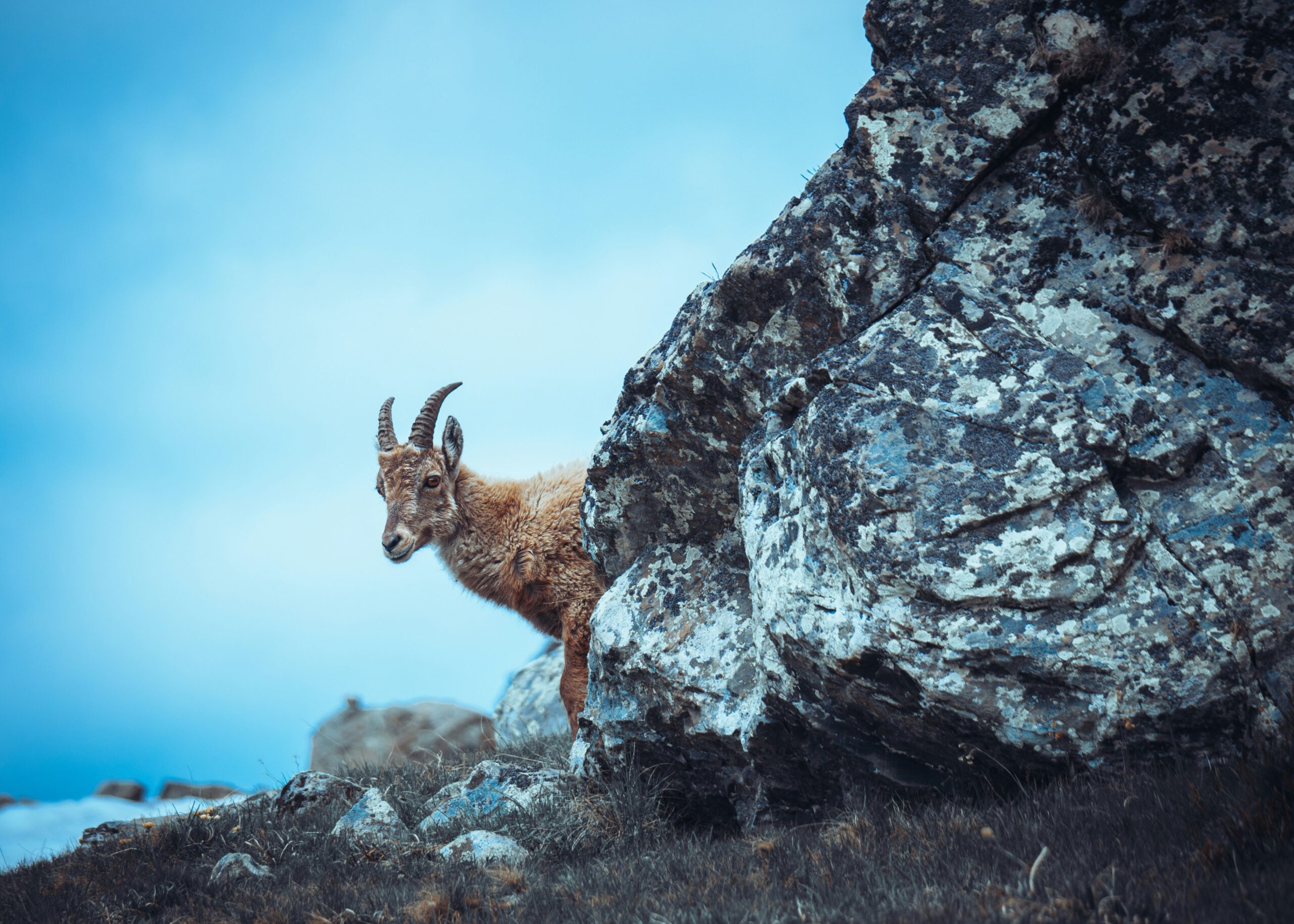The analysis that is being carried out on the questionnaires submitted to tourists in the five pilot areas of the project, especially between July and October 2024, is leading to interesting results on their habits and knowledge of natural environments by the public. The study aims to give a reading of the data provided by visitors, describing their habits and choices in dealing with and exploring the areas, awareness of the impacts to which the different natural contexts are subjected, and in general, the sensitivity with which the experience in contact with nature and its delicate balances is made sustainable. We are aware that most participants predominantly engage in walking and hiking activities, often revisiting familiar protected areas and natural sites along well-known paths and trails. More than 80% of the participants in the questionnaire say that what they value most about the excursion is the beauty and magnificence of the natural heritage that the territories offer and more than a third claim to be attracted by the possibilities of doing sports and recreational activities. The opportunity to meet or simply observe wildlife is also a reason to attract and interest a part of the public. The perception and interaction between visitors and wild species are one of the topics on which specific insights have been built. What emerges is a starting point for interesting reflections on the objectives of the project as well as a measure of comparison with what the topicality of the issues on human-environmental coexistence calls us to deal with increasing attention and priority. In this specific topic, tourists were asked to indicate which species of wild animals, among those listed, could limit leisure activities in the area, referring to the one where the excursion and the survey took place. Overall, the aggregate data shows that the visit of a natural environment is somehow conditioned by the presence of wildlife, and by man’s awareness of its presence. A rather narrow circle of species is a reason for limiting activities and for worrying about moving in the environment and being the head of it is without doubt the bear. 40% of tourists say that the big carnivore that lives in some areas of Central Europe mountains is a presence according to which to adapt their movements and perhaps even limit them in natural environments. The data show the general perception of concern towards the bear (40%) in all pilot sites. In the Mala Fatra National Park in Slovakia, almost 80% of respondents report this, where the presence of a permanent population in the area has been the subject of recent debates with political implications. In Bükk National Park in Hungary, it is mentioned only by 37.5%, as well as those who claim that no species, among those listed in the survey, are of particular concern in outdoor practices. Interestingly, these species are regarded with concern even in areas where its presence is unfamiliar, such as in the protected areas of Kamenjak in Croatia, where it ranks lower than the viper and fox at 30% and 25%, respectively. The alteration of the data on the bear may in this case be due to a poor knowledge of the species and the territories by the visitors. Similarly, in the National Park Appennino Tosco-Emiliano, in Italy, the bear is considered a threat by 30% although it is not present in the park. Here, too, the wolf and the viper are the most feared, although always by a minority, while 50% claim to have no particular fear towards any animal, in line with the overall trend. In Bukk National Park, Hungary, on the other hand, there is a frequent mention of deer (10%) as a species from which a limitation of recreational activities may depend, given in some unexpected way if the overall difficulties are assessed, rare, which run between these animals and man. The significance of these data lies not only in documenting objective information but also in gauging the sensitivity and perception of tourists towards the environment of Protected Areas. This exploration aims to understand and, in turn, enhance the mutual interaction for sustainable coexistence among ecosystems. Keep on following us to discover the final results!

Exploring tourists’ perspectives on nature and protected areas: what is HUMANITA’s work telling us?
Date: 28.02.2024
By: HUMANITA